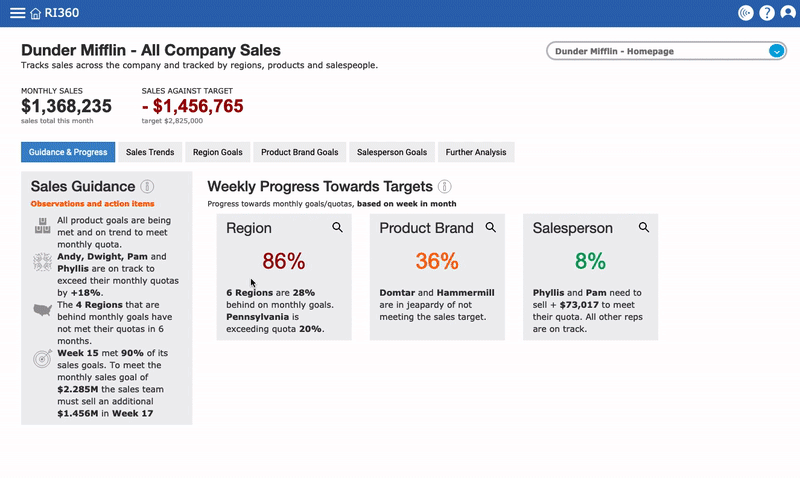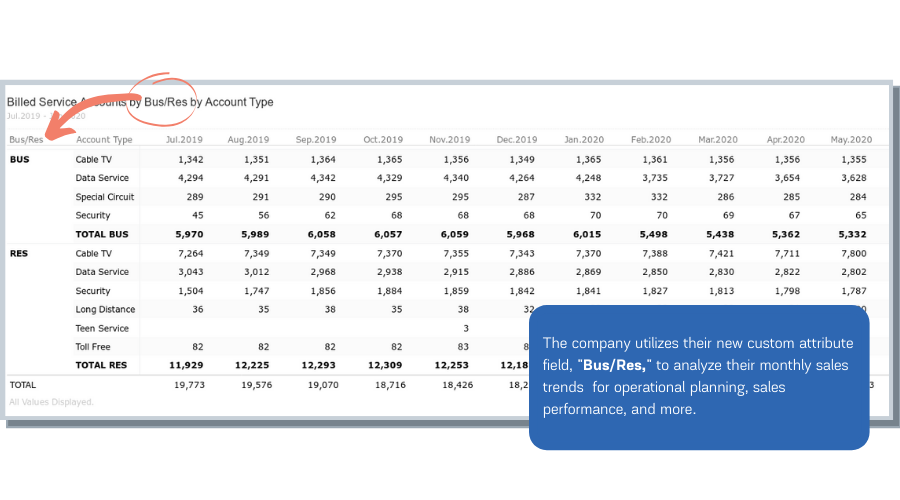Welcome to the final installment of ReconInsight’s Foundations series. This post is a culmination of all the business analytics concepts we have discussed in this series. We will be presenting a practical framework for building an integral part of a business analytics initiative: the data team.
If you haven’t already, we strongly encourage you to read the four other posts in this series.
Definitions
Before we proceed, here is a quick refresher on the core concepts we have addressed in this series:
Business Analytics: Strategic analysis of business data with the intent of effecting positive business change. I.E. operational change, increased sales, financial savings, etc.
Data Pipeline: A collection of technologies that unifies information from disparate systems and cleans, prepares, organizes, stores, and visualizes business data for reporting and analysis.
Data Culture: Organization-wide mindset that prioritizes objective use and analysis of data for efficient operation and data-driven business decisions.
Strategic Reporting: Intentional creation and management of reports, dashboards, and visualizations within data analysis technology that measure and track the business’s strategic goals.
Data Team: People involved in the strategic development, implementation, and management of business analytics technologies, processes, and the overall success of business analytics at the organization.
A Few Caveats
This framework is just that: a framework. Intended to provide guidance for how to create a powerful data team at your business.
We do not address how many of each role you should have within your data team, only the roles themselves and suggestions for what that role should own.
This content is built for small teams and businesses. With that in mind, we have defined roles that do not need to be full-time new hires, but ideally found within your existing team.
We have intentionally excluded roles such as business analyst and data scientist in favor of presenting a data team that can be accomplished (mostly) with existing staff.
The Perfect Data Team
There are three roles that should be accounted for in your data team: Leadership, Business Expert, and Data Analyst. Ideally, a data team includes a minimum of three people (while you could find one person to accomplish multiple roles, having at least three individuals involved provides the optimal balance of work distribution and diverse insight).
Leadership
The instigators and visionaries that understand the importance of data as a strategic business tool. They exemplify the consistency and discipline necessary for strategic and tactical data literacy in business analytics. They must be intentional with the time, resources, and finances needed when changing to a data-driven business.
Business Expert
Seasoned employees with an intimate understanding of the business’s operating procedures and systems. They execute on company goals and align business requirements with business analytics technologies. They often take on project management responsibilities.
Data Analyst
Technical experts, often out-sourced in smaller businesses, that provide efficient implementation services of business analytics technologies, guidance for advanced analytics methodologies and techniques, user set-up and on-boarding, and system support as needed until the business is autonomous.
Data Team Chemistry
Business analytics relies entirely on human change. Creating a team that can accomplish long-term success is vital. Clearly defined roles and responsibilities is an important step to building synergy within your data team.
For business analytics programs to get off the ground, leadership will take an active role and prioritize business analytics tasks. Fostering a data culture requires leadership to lead by example.
A business expert’s greatest power is their innate understanding of how their organization operates and they work closely with leadership and data analysts. With leadership, they strategize and execute on business goals. With the data analyst, they collaborate on accomplishing business goals within new technology. They are the glue that works creatively with leadership, as well as, partners with data analysts to execute on implementation and development of new technology.
Having a trained data analyst to implement your data pipeline and set-up your reports will save valuable time and keep your business analytics train moving forward at full-steam (instead of halting progress as technical challenges arise). Data analysts also provide an excellent education to business experts and leadership through exposure. Smaller teams and businesses may need to out-source data analyst services.
Final Thoughts
When we started this series, our “only” goal was to provide a nice list of tips for starting with business analytics. As we wrote that post, however, we quickly realized that there were important concepts within business analytics that deserved more attention.
Ri360 - a powerful business analytics tool.
In the unlikely event that our fervent advocacy for data pipelines, data culture, and strategy! strategy! strategy! hasn’t made it blatantly obvious: we are passionate about analytics. We built Ri360’s combined software and services subscription for business analytics. Data holds the key to insights and improvements at any business and it takes intention and the right tools to unlock it.
If you have read this entire series, we hope that you feel comfortable with what business analytics is, what you can do to accomplish it at your organization, and that ReconInsight has the tools and services you need to meet your goals. Business analytics seems daunting and overwhelming, but once you get a taste of success you won’t want to stop.
We have enjoyed writing this series. It turned into an unexpected adventure and we couldn’t have thought of a better way to start our blog if we had tried! We will be back soon with fresh business analytics content.















